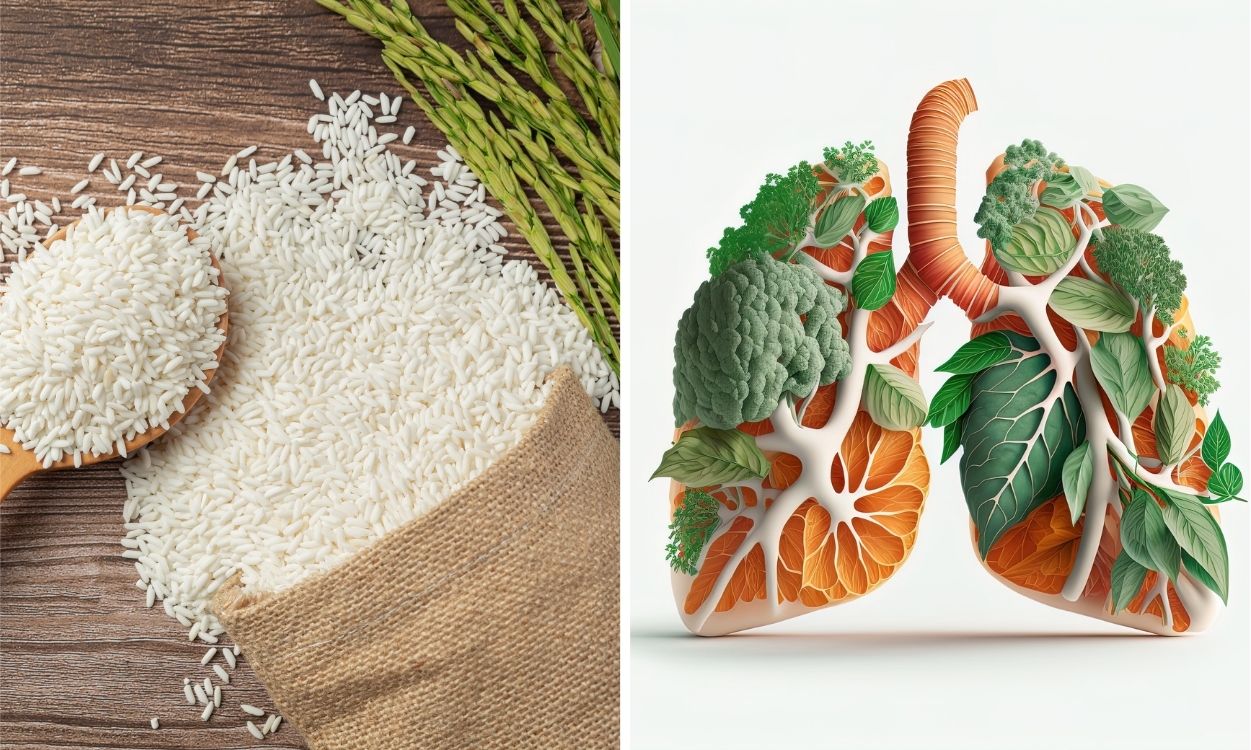Rice and Respiratory Health: How Rice Can Benefit Asthma and Allergies
Introduction:
Asthma and allergies are common respiratory conditions that affect millions of people in India. These conditions can be triggered by various factors such as pollution, pollen, dust, and certain foods. While there is no cure for asthma and allergies, there are ways to manage the symptoms and improve respiratory health. One such way is through the consumption of rice. In this article, we will explore the benefits of rice for respiratory health and how it can help people with asthma and allergies.
The Benefits of Rice for Respiratory Health:
Rice is a staple food in many parts of India and is consumed by millions of people every day. Rice is a rich source of carbohydrates, vitamins, and minerals that are essential for good health. But did you know that rice can also benefit respiratory health? Here are some of the ways rice can help people with asthma and allergies:
- Lowers Inflammation: Rice is a low-inflammatory food that can help reduce inflammation in the body. Inflammation is a common trigger for asthma and allergies, and by consuming rice, you can help reduce the risk of an attack.
- Rich in Antioxidants: Rice is rich in antioxidants such as vitamin E, which can help protect the body against oxidative stress. Oxidative stress is a common trigger for asthma and allergies, and by consuming rice, you can help reduce the risk of an attack.
- Gluten-Free: Rice is a gluten-free food, which means it is safe for people with celiac disease or gluten intolerance. Gluten is a common trigger for asthma and allergies, and by consuming rice, you can help reduce the risk of an attack.
- Easy to Digest: Rice is easy to digest and is gentle on the stomach. This is important for people with respiratory conditions as they may experience digestive issues due to their condition.
- Provides Energy: Rice is a great source of energy and can help people with respiratory conditions feel more energized and less fatigued.
How to Incorporate Rice into Your Diet:
Incorporating rice into your diet is easy and can be done in many ways. Here are some tips on how to incorporate rice into your diet:
- Replace Wheat with Rice: If you have celiac disease or gluten intolerance, replace wheat with rice in your diet. This can help reduce the risk of an attack.
- Eat Rice with Vegetables: Eating rice with vegetables is a great way to get the nutrients you need for good respiratory health. Vegetables such as broccoli, spinach, and kale are rich in antioxidants and can help reduce inflammation in the body.
- Try Different Types of Rice: There are many different types of rice available in India, such as basmati, brown, and red rice. Try different types of rice to find the one that you like best.
Conclusion:
In conclusion, rice is a great food for respiratory health and can help people with asthma and allergies manage their symptoms. By incorporating rice into your diet, you can help reduce inflammation, protect against oxidative stress, and feel more energized. If you are looking for a way to improve your respiratory health, consider adding rice to your diet. And if you need help with your diet and fitness goals, download the Fitpaa app today and get started on your journey to better health.











